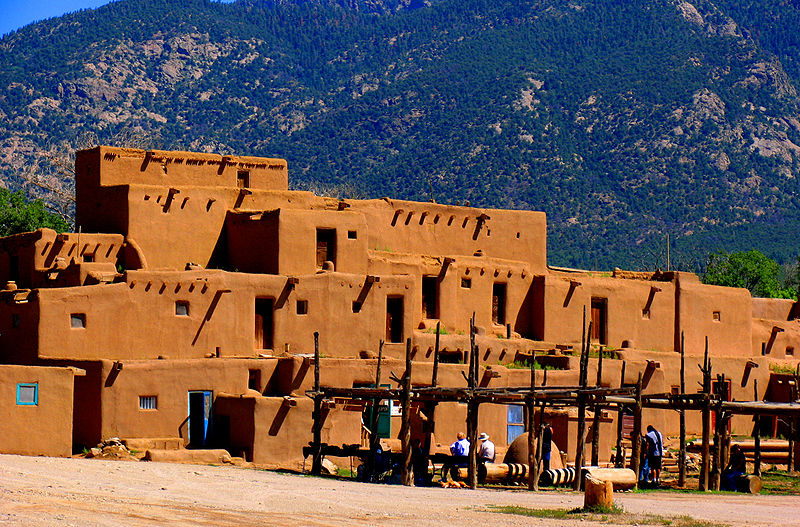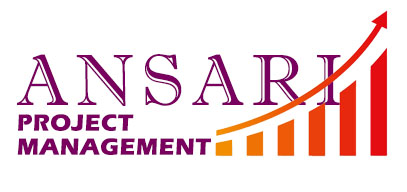1. Why should I read the book "History of American Architecture - Volume 1"?
Reading this book will give you a deep insight into the architecture of early civilizations in the Americas, from 12,000 BC to 1500 AD.
2. How will reading this book benefit you?
Reading this book will expand your knowledge of American architectural history and increase your understanding of the cultural and historical context behind these ancient structures.
3. What is the importance of Mark Glenter as a writer?
Mark Galanter is a renowned American architectural historian who guarantees the book's credibility and expertise on the subject of
architectural history.
4. What is the importance of Dr. Sepehr Ansari's Persian translation?
The Persian translation version allows readers who are more comfortable with the Persian language to access and understand the valuable content of the book.
5. How much does the recognition of the book in the Biennial Book of Architecture and Urban Planning of Iran add to its importance?
The recognition of the book in the biennial of Iran shows the contribution of this book in the field of architecture and urban planning and makes it valuable and significant for a wider audience.
6. What special topics are discussed in the pre-history section of the book?
The pre-history section of the book introduces and analyzes the architecture and culture of ancient times and gives you a comprehensive understanding of this period.
7. How does this book examine the growth process of ancient civilizations and cities?
This book provides insights into the development process of ancient civilizations and cities and allows you to understand the development and evolution of architectural styles and urban planning.
8. What does the book cover about the ancient world and the new world?
This book deals with the valuable contents of the
ancient and new world and presents separate sections that analyze and interpret their architecture and cultural influence.
9. How does the book discuss the impact of European multiculturalism, the Greek Revolution, and Roman developments on American architecture?
This book examines the influence of European multiculturalism, the Greek Revolution, and the Roman Revolution on American architecture and helps you understand the cultural and historical influences on the American architectural landscape.
10. What does the book reveal about the characteristics and events of the Middle Ages?
This book discusses features and events of the Middle Ages, highlighting their influence on architecture and how they shaped American architectural styles.

American architecture beyond contemporary structures
11. How does the book analyze the civilizations of the New World, including the Southwest, the Forest, the Great Plains, and the Pacific region?
Focusing on specific regions such as the Southwest, the Woodlands, the Great Plains, and the Pacific Rim, this book provides a detailed analysis of civilizations in the New World, giving you a comprehensive understanding of regional architectural differences.
12. How can reading this book increase your knowledge and perspective about American architecture?
13. Are there any social or global issues related to architecture that the book deals with?
This book addresses social and global issues related to architecture, such as cultural preservation, urban planning, and the impact of architectural choices on communities.
14. How does the book provide solutions to architectural problems?
By providing examples of successful architectural designs from different eras and civilizations, this book offers solutions to architectural problems and encourages readers to learn from the past.
15. Can reading the book help you understand the diversity and multiculturalism evident in American architecture?
Reading this book will allow you to understand the diverse architectural styles and influences that have shaped American architecture, highlighting the multicultural nature of the field.
16. What career paths or fields of study can benefit from reading the book?
Reading this book can be useful for those who are looking for careers or academic fields such as architecture, urban planning, history, cultural studies and anthropology.
17. How does this book contribute to a broader understanding of world architectural history?
18. Can reading the book inspire you to explore architectural preservation and conservation efforts?
This book can inspire you to understand the importance of preservation and protection of architecture and strengthen the sense of responsibility for the preservation of historical structures.
19. Does this book discuss any controversies or controversies surrounding early American architecture?
This book can illuminate differences or controversies in historical interpretations of early American architecture and stimulate critical thinking and further research.
20. What role does the book assign to architecture in shaping society's identity?
This book explores how architecture acts as a reflection and expression of a society's identity and shows the powerful impact of architectural choices on cultural heritage.

Attention to lesser known architectural wonders
21. How can reading a book deepen your appreciation of the achievements of early civilizations?
By understanding the architectural achievements of early civilizations, you can gain a greater appreciation for their ingenuity, craftsmanship, and cultural contributions.
22. Does the book highlight overlooked or little-known architectural wonders of early civilizations?
This book can draw attention to
lesser-known architectural wonders, allowing you to discover hidden architectural gems in the heart of history and expand your knowledge beyond the original structures.
23. Does the book discuss the influence of early American architecture on contemporary architectural styles?
This book examines the influence of early American architecture on contemporary styles and reveals the connections and continuity between past and present designs.
24. Can reading the book help you to have a critical look at architectural design and aesthetics?
Reading this book will introduce you to a wide range of architectural styles and principles and foster a deeper understanding of design elements and aesthetics.
25. Does this book address the challenges faced by early civilizations in designing and building their architectural masterpieces?
This book sheds light on the obstacles and challenges that early civilizations faced in creating architectural marvels and provides insights into the limitations and achievements of the time.
26. Does this book address the role of early American architecture in shaping social hierarchies and power structures?
This book examines how architecture was used to represent and reinforce social hierarchies and power structures in early American civilizations.
27. Can reading the book inspire you to visit and discover architectural heritage sites related to early American civilizations?
Through its detailed analysis and descriptions, this book can encourage you to start
architectural heritage tours and allow you to experience these places firsthand.
28. How does this book connect the dots between ancient civilizations and modern American architecture?
This book can make connections between the architectural concepts, techniques, and symbols of early civilizations and their continuing influence on modern American architecture.
29. Does this book address ethical or sustainable considerations in early American architecture?
30. Can reading books create a deeper understanding of the built environment and its impact on our daily lives?
By understanding the history and significance of American architecture, you can develop a greater awareness of the spaces we live in and how they shape our experiences and interactions.
Dear Visitor; Please take a look at the list of 50 most visited websites in the world wide web: YouTube, Facebook, google, translate, gmail, weather, amazon, Instagram, cricbuzz, Hotmail, wordle, satta king, twitter, yahoo, yandex, sarkari result, Netflix, google maps, yahoo mail, roblox, whatsapp, NBA, BBC news, outlook, pinterest, flipkart, eBay, omegle, live score, tiktok, canva, ipl, premier league, hava durumu, ibomma, walmart, twitch, ikea, shein, linkedin, home depot, e devlet, lottery, snaptik, cricket, serie a, nfl, spotify, fox news, amazon prime; There is no book publishing related or project management website in this list. We are working hard to bring these important issues to the center of concentration of societies. Please introduce us via social media, share our website with others and help us to make our world a better place to live. Best Regards.













Write your review